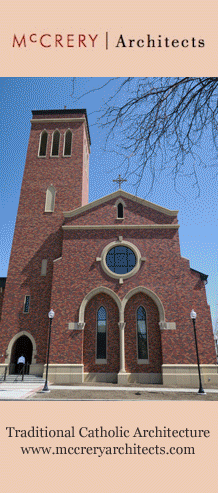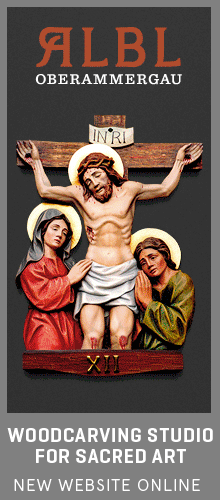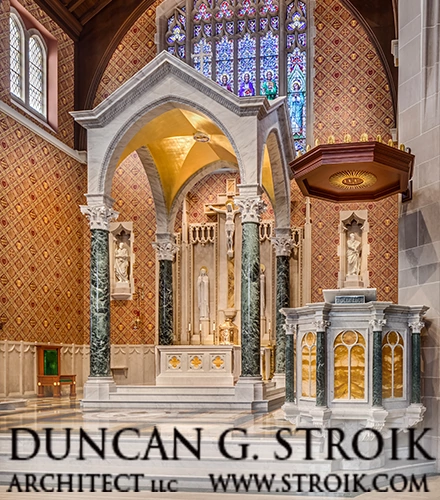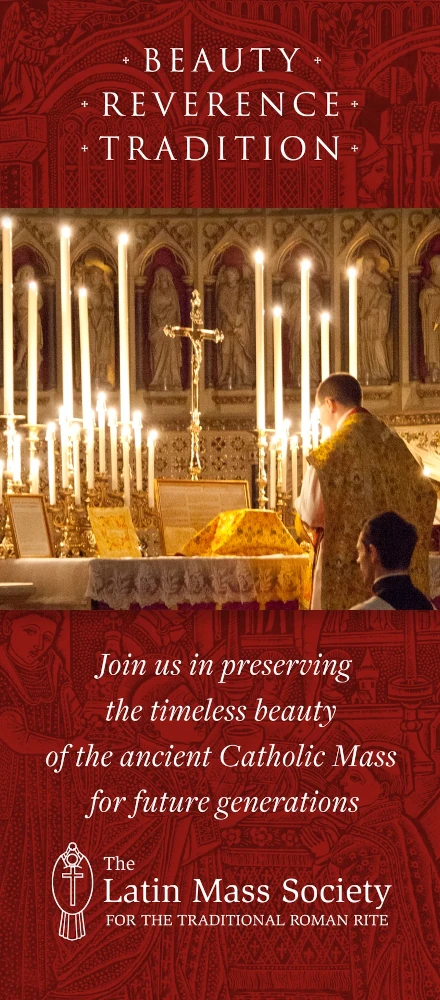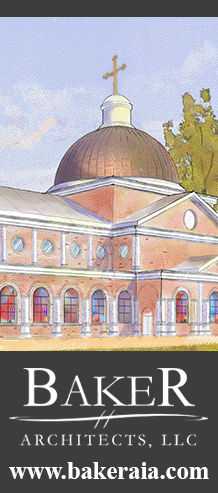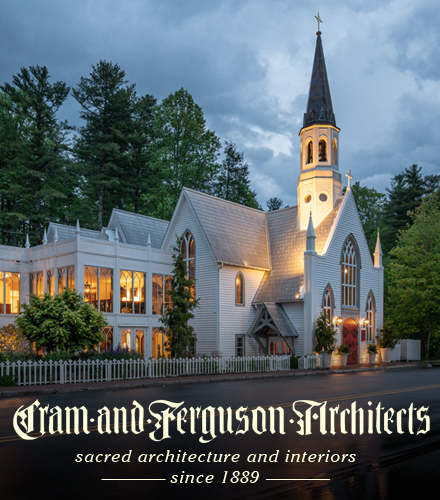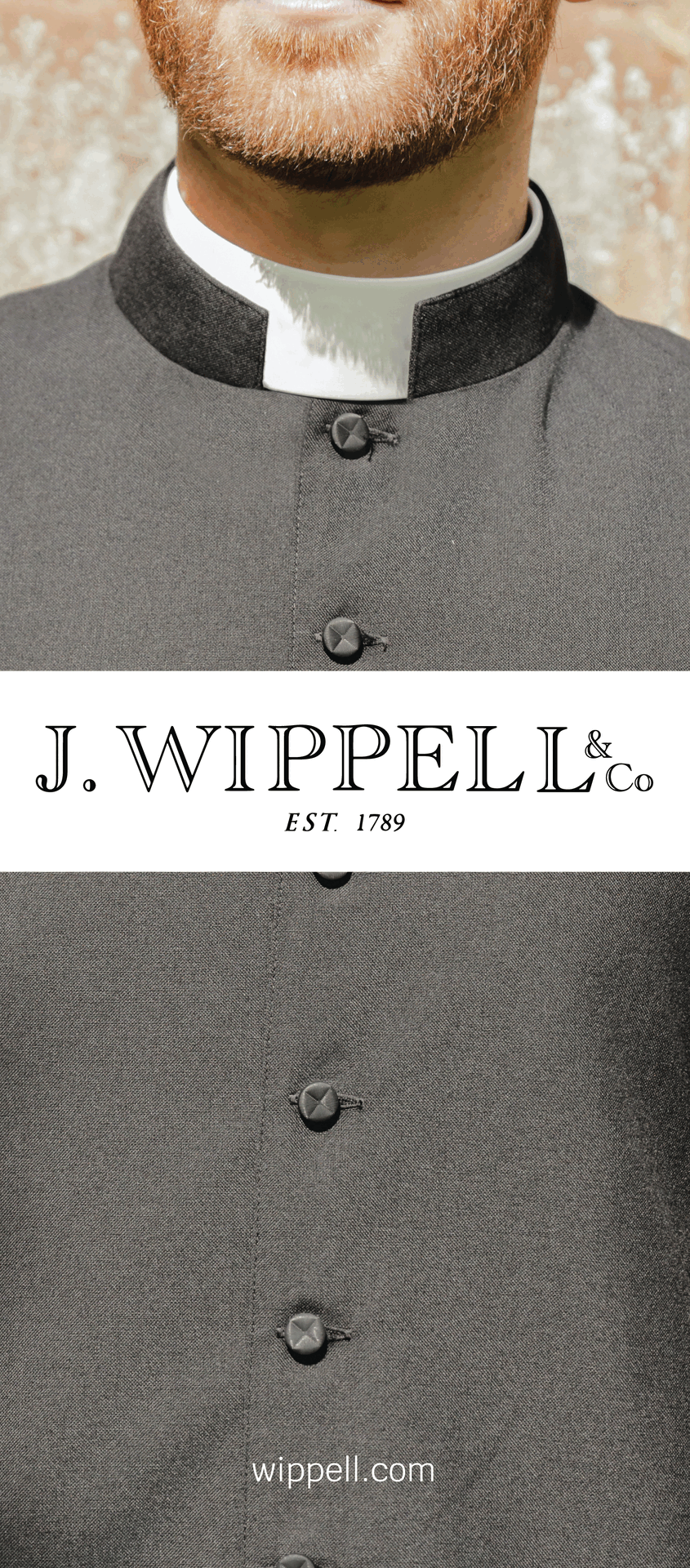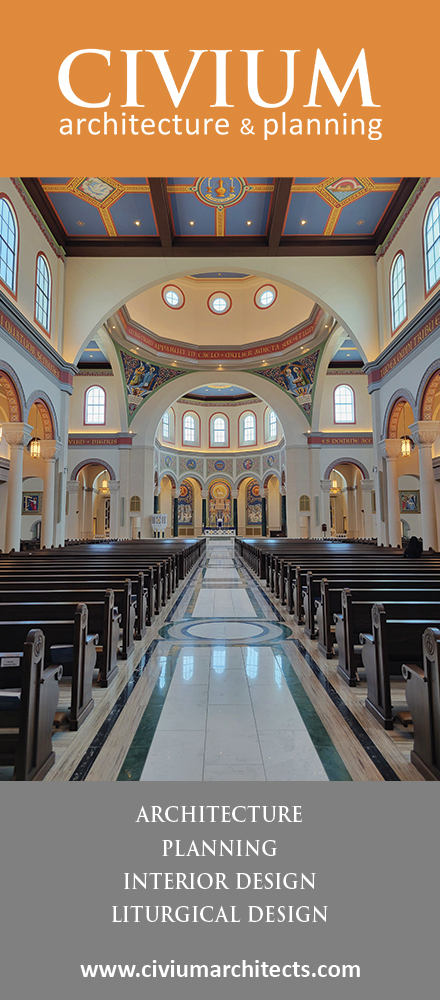On the Dominican Calendar, today is the feast of St Agnes of Montepulciano, who predates Catherine of Siena among the great Saints of the Order of Preachers, although she was formally canonized very much later, in 1726. Prior to becoming a Dominican, St Agnes, who was born in 1268, was made abbess of a religious community at Procena at the age of only 15, by a special dispensation issued by the Pope. Her native city was so eager to have her back that a convent was founded specifically so that she could be the prioress of it, and affiliated to the then very new Dominican Order; she ruled over the house at Montepulciano until her death in 1317. When St Catherine, who was born 30 years later, came to her shrine to venerate her relics, as she stooped down to kiss St Agnes’ foot, the foot raised itself to meet her lips. Her life was written by Raymond of Capua, St Catherine’s spiritual director, who was himself beatified in 1899.
Our dear Roman pilgrim friend Agnese counts the Roman martyr as her principal patron and name Saint, but is also very devoted to this later Agnes. Our thanks to her for sharing with us these photos of the shrine at Montepulciano, where her incorrupt body is preserved, along with a great many other relics.
Our dear Roman pilgrim friend Agnese counts the Roman martyr as her principal patron and name Saint, but is also very devoted to this later Agnes. Our thanks to her for sharing with us these photos of the shrine at Montepulciano, where her incorrupt body is preserved, along with a great many other relics.
Note the raised foot!
A Dominican Missal open to the Mass of St Agnes.















